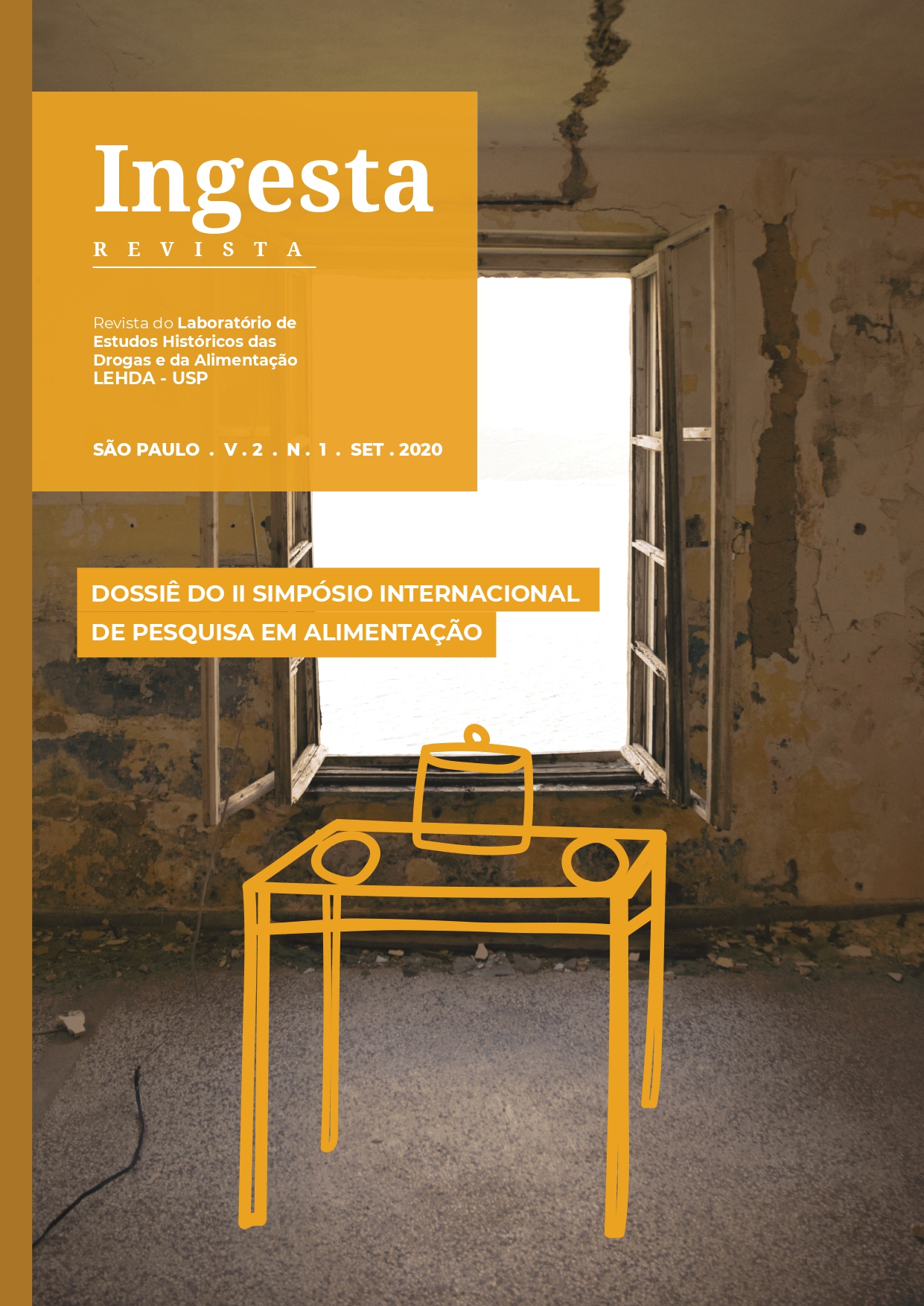Famine and commercial networks in the Parisian Basin (8th - 11th centuries)
DOI:
https://doi.org/10.11606/issn.2596-3147.v2i1p200-221Keywords:
Famine, Medieval Archaeology, Food supplyAbstract
The Early Middle Ages were understood by historians until the middle of the 20th century as a long period of crisis and decline, not only due to multiple periods of famine, but also for economic and political reasons. The 9th century, in particular, brings an alarming number of written reports related to food crises throughout its length. This pessimistic interpretation of the period as a time marked by the decay has been contested in recent decades, to a large extent, with the contribution of Archaeology. With a less negative outlook in relation to the medieval economy, there were also questions about the “veracity” of food crises, or at least its darkest aspects, such as cannibalism of survival, its wide extent and very high mortality. This article aims to carry out an analysis of the food situation in the Parisian Basin between the 8th and 11th centuries, taking as a starting point the remains found in a site located 20 kilometres from Paris, La Confiserie. And starting from it, make comparisons with two other contemporary occupations that developed in the same region: Les Ruelles, in the current city of Serris, and La Chapelle / La Croix Verte, in Mesnil-Aubry.
Downloads
Downloads
Published
Issue
Section
License
1. Authors retain the copyright and grant the journal the right of first publication, with the work simultaneously licensed under the Creative Commons Attribution License which allows the sharing of work with acknowledgment of authorship and initial publication in this journal.
2. Authors are authorized to take additional contracts separately, for non-exclusive distribution of the version of the work published in this journal (eg. publish in institutional repository or as a book chapter), with acknowledgment of authorship and initial publication in this journal.
3. Authors are allowed and encouraged to publish and distribute their work online (eg. in institutional repositories or on their personal page) at any point before or during the editorial process, as this can generate productive changes as well as increase the impact and the citation of the published work (See The Effect of Free Access).


